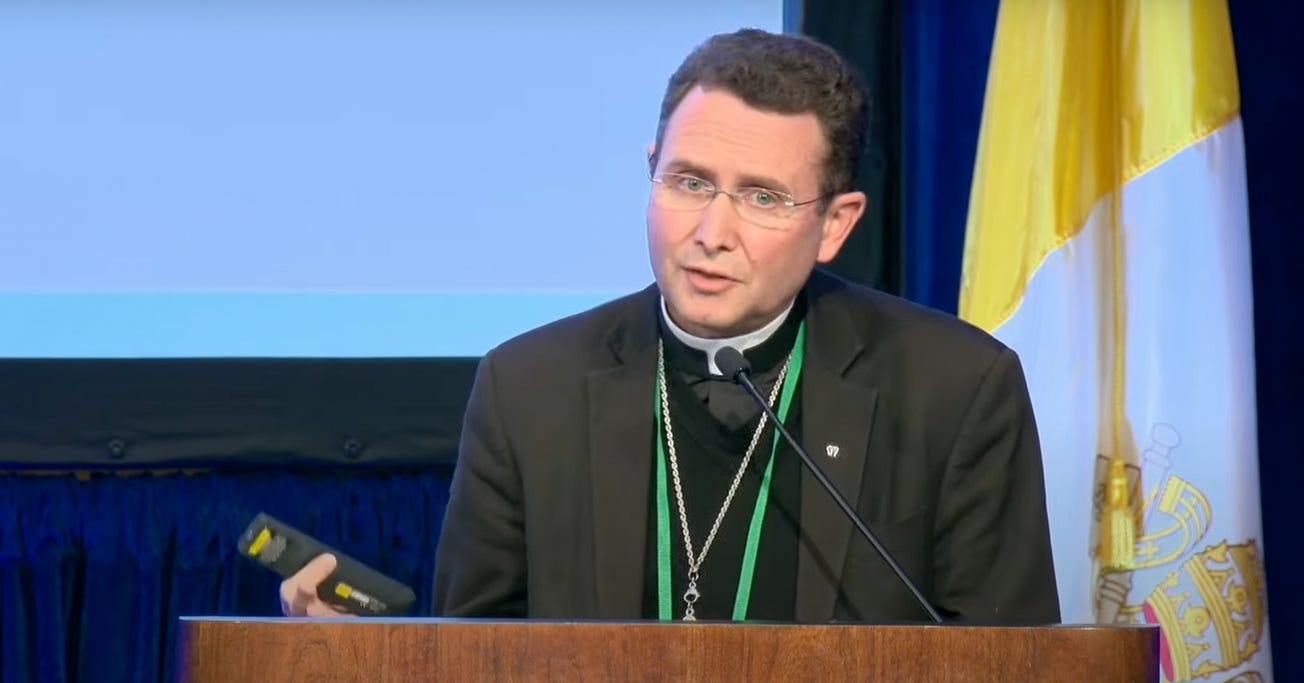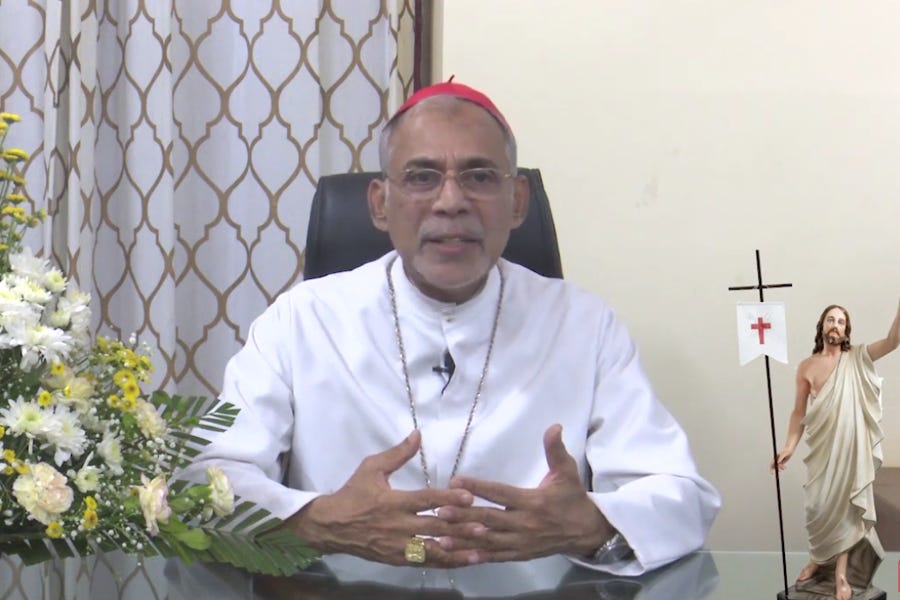The investment manager who sold the Vatican a London building has filed suit against the Swiss bank which arranged the Holy See’s investment with him. The suit claims the bank misled him about the source of the Vatican’s money, failing to disclose it was drawn from Peter’s Pence and other funds reserved for charitable purposes.
Raffaele Mincione, currently on trial in Vatican City for financial crimes, filed suit in Luxembourg this month through his company, WRM Group. WRM is seeking a total of 500 million euros from Credit Suisse, a bank long used by the Vatican’s Secretariat of State, and Citco, a private banking and investment firm headquartered in the British Virgin Islands.
Mincione’s company claims that Credit Suisse and Citco “failed to divulge crucial information about the origin of the money which they used to subscribe to the WRM Group sub-fund, in order to cover up the exact origin of the funds in the framework of the relationship between Credit Suisse, Citco and the Vatican.”
Mincione was charged last year with financial crimes in Vatican City State, and is facing trial along with several former investment advisors and officials at the Secretariat of State, charged. The trial has sometimes focused on the Secretariat’s alleged use of Vatican funds designated for charitable use, including Peter’s Pence, to invest in a fund managed by Mincione and eventually purchase the London building from him.
The Pillar has previously reported that in 2014 the Vatican Secretariat of State was introduced to Mincione by Enrico Crasso, then an officer at Credit Suisse and later an investment manager for the Vatican with his own company and fund.
After an initial investment of 147 million euros, the Vatican eventually committed around 200 million to the fund in an investment agreed to last for a period of up to seven years. According to a statement from the company, WRM alleges that Credit Suisse “made false representations and statements in subscription agreements” pertaining to the initial investment.
Significant media coverage has focused on the use of Church charitable funds by the Secretariat of State for speculative investments, instead of for charitable purposes.
According to a statement from WRM released on June 22, Mincione now “stands accused in and by the Vatican of having used funds from Peter’s Pence - a Vatican fund which collects donations from the public and is only meant to be used for charitable purposes - to finance the acquisition of the 45% stake in [the London property at 60 Sloane Ave.], dispute the fact that neither he nor WRM Group had been informed of this at the time and both were misled by Credit Suisse and Citco into believing the funds came from other sources.”
The Pillar has previously reported that the money invested by the Secretariat of State was loaned by Swiss banks, including Credit Suisse, with the Vatican using as collateral other Vatican funds and assets held on deposit with the same banks, including charitable funds like Peter’s Pence. The Pillar has also previously reported that this method was used to help disguise the existence of the loans and the investments on internal Vatican balance sheets, a practice prohibited by under norms issued by Pope Francis.
The money was invested in the Athena Global Opportunities Fund, which was created by Mincione to manage the Vatican’s investment with him. Mincione used Vatican funds to invest in his other businesses and projects. He gave his businesses no-penalty loans, while at the same time charging the Vatican millions of euros in performance and management fees.
In June 2020, official Vatican media described his management of investments for the Secretariat of State as “speculative” and a “conflict of interest.”
The biggest investment Mincione made on the Vatican’s behalf was a 45% stake in a London property at 60 Sloane Ave. The building was owned by Mincione through another of his companies.
In the second half of 2018, after the departure of Cardinal Angelo Becciu from the post of sostituto, the Secretariat of State decided to end its investment with Mincione several years before the agreed term, incurring stiff penalties for withdrawing from the fund.
The secretariat agreed with Mincione that the Vatican would forfeit all the funds invested through Mincione’s fund in exchange for ownership of the London building. The secretariat also assumed responsibility for a 150 million euro loan attached to the building — meaning that the building costs them a total of 350 million euros.
The Vatican has since sold the building for a reported loss in excess of 100 million euros. Mincione initially bought the building in 2012 for GBP129 million, around 149 million euros.
The lawsuit filed in Luxembourg follows previous efforts by Mincione to defend his dealings with the Secretariat of State in courts outside of Vatican City, where he is on trial.
Mincione petitioned the High Court of England and Wales in June 2020 for declaratory relief against the Secretariat of State, asking judges to rule he "acted in good faith” in his dealings with the Vatican, and arguing that the Holy See was trying to nullify the sale of the building at 60 Sloane Ave.
In that case, the Secretariat of State argued that Mincione filed the suit “for the purpose of having something to say to the news media and the Vatican State criminal court to support the sincerity of his claims of innocence.”
In a ruling last November, Judge Simon Salzedo decided that the “proceedings should be stayed until there is a material change of circumstances,” effectively halting the lawsuit until the resolution of the Vatican’s own criminal process against Mincione.
A Swiss court recently also dismissed an appeal by Mincione against financial authorities in that country, who acted to seize bank accounts and assets belonging to Mincione totaling as much as 60 million euros. The funds were seized in 2021 in response to a request from Vatican authorities.
Mincione faces charges of embezzlement, abuse of office, fraud, and money laundering in the current Vatican trial.
Mincione has also faced questions about his relationship with Gianluigi Torzi, the Vatican’s chosen broker in the acquisition of the London property, accused of attempting to extort the Holy See for millions in the course of the building’s final purchase.
Although Mincione has in the past downplayed his relationship with Torzi, describing them simply as “two Italians living in London,” in court on Monday he conceded that Torzi was “a person I knew and with whom I had made some deals before,” but insisted that he played no role in recommending him to the Vatican to represent their interests and that he was “a complete stranger" to “all the subsequent events between Torzi and the Secretariat of State.”
The Pillar has previously reported that during the period of years the Secretariat of State invested in the Athena Global Opportunities Fund, Mincione invested Vatican money in debt products marketed by Torzi, some with links to mafia-affiliated companies. Mincione invested Vatican money into one such debt product called Sierra One bond,
Torzi, in turn, used his companies to lend Mincione tens of millions of euros during the same period.
The Vatican trial is ongoing.




